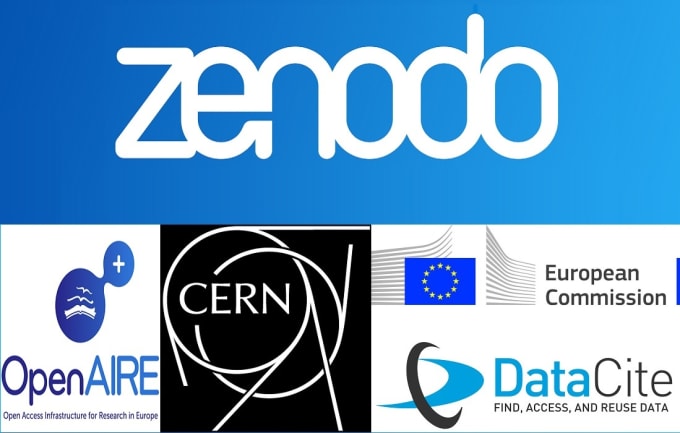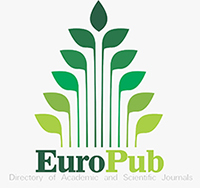Evaluation of Acute Intoxication Cases in Pediatric Intensive Care Unit
Acute Intoxication in Pediatric Intensive Care Unit
DOI:
https://doi.org/10.5281/zenodo.10019864Keywords:
Poisoning, suicide, pediatric intensive care unitAbstract
Aim: Poisonings represent a significant number of preventable admissions to the pediatric intensive care unit (PICU). The aim of this study is to evaluate the demographic, epidemiological, and clinical characteristics of poisoning cases who were treated in the PICU.
Material and Method: Cases with a diagnosis code of poisoning followed in the BID between January 2020 and April 2022 were examined retrospectively using electronic medical records.
Results: 133 patients were included in the study. This constituted 6.2% of the number of patients in the PICU. The median age of the patients is 14.21±6.14 [Interquartile range (IQR) 0-17 years]. The majority of patients (62.4%) were between the ages of 12-18. 82 (61.7%) patients were female. The median PRISM III score and GCS were 2.86±1.46 (IQR: 0.8-42) and 15±1.51 (IQR: 6-15- mean 14.21), respectively. The most common cause was suicide (52.6%), oral-drug-intake was the most common (91.7%) type, and 57 (42.9%) patients had multiple substance intakes. 47 (35.3%) patients received central nervous system (CNS) drugs, 14 (10.5%) cardiological medications, and 30 (22.5%) patients received anti-inflammatory/antipyretic medications. 24 (18%) patients took non-drug-related substances. The most common symptoms were altered mental status (27.8%) and vomiting (21.8%). Gastric lavage was performed in 115 (85.7%), and an antidote was administered in 31 (21.3%) patients. The length of stay in the PICU and in hospital were 2±1.35 (IQR: 1-12), and 2±1.62 (range 1-14) days, respectively. 2 patients (1.5%) died in the study.
Conclusion: In our study, unlike other studies in the literature, the majority of our patients were in the adolescent age group. Despite the different age groups and etiologies, the PICU stay and mortality rate were found to be similar to the literature.
Downloads
References
References:
Bacha T, Tilahun B. A cross-sectional study of children with acute poisoning: a three-year retrospective analysis. World J Emerg Med 2015;6:265-69.
Woo JH, Ryoo E. Poisoning in Korean children and adolescents. Pediatr Gastroenterol Hepatol Nutr 2013;16:233-39.
Bond GR, Woodward RW, Ho M. The growing impact of pediatric pharmaceutical poisoning. J Pediatr 2012;160:265-70.
Ross JA, Eldridge DL. Pediatric Toxicology. Emerg Med Clin North Am. 2022;40(2):237-50.
Bachur Richard G, Shaw Kathy N, editors. Fleisher & Ludwig’s textbook of pediatric emergency medicine. 7th ed. Philadelphia: Lippincott Williams and Wilkins; 2015.
Hui WF, Hon KL, Leung AKC. An Overview of the Pediatric Toxidromes and Poisoning Management. Curr Rev Clin Exp Pharmacol. 2021;16(4):318-29.
Even KM, Armsby CC, Bateman ST. Poisonings requiring admission to the pediatric intensive care unit: A 5-year review. Clin Toxicol (Phila) 2014;52(5):519-24.
Patel MM, Travers CD, Stockwell JA, Geller RJ, Kamat PP, et al. Analysis of Interventions Required in 12,021 Children With Acute Intoxications Admitted to PICUs. Pediatr Crit Care Med. 2017;18:281-9.
Ozdemir R, Bayrakci B, Tekşam O, Yalçin B, Kale G. Thirty-three-year experience on childhood poisoning. Turk J Pediatr. 2012;54:251-9.
Tekerek NÜ, Dursun A, Akyıldız BN. Retrospective Analysis of Poisoning Cases Our Followed in Pediatric Intensive Care Unit. J Pediatr Emerg Intensive Care Med 2016;3:21-6
Yılmaz R, Albayrak SE, Gül A. Retrospective Evaluation of Poisoning Cases Treated at Pediatric Intensive Care Unit. Pediatr Pract Res 2017; 5(2):19-26
Ödek Ç, Akça H, Erol M, et al. Retrospective Analysis of Demographic, Epidemiologic, and Clinical Characteristics of Poisoning Cases Followed in Pediatric Intensive Care Unit. J Pediatr Emerg Intensive Care Med 2019;6:72-78
Yöntem A, Yıldızdaş D, Horoz ÖÖ. Et al. Evaluation of Intoxication Cases Followed in Our Pediatric Intensive Care Unit. J Pediatr Emerg Intensive Care Med 2021;8:88-92
Berta GN, Di Scipio F, Bosetti FM, et al. Childhood acute poisoning in the Italian North-West area: a six-year retrospective study. Ital J Pediatr. 2020;11;46(1):83.
Lee J, Fan NC, Yao TC, et al. Clinical spectrum of acute poisoning in children admitted to the pediatric emergency department. Pediatr Neonatol. 2019 Feb;60(1):59-67.
Uwumiro F, Okpujie V, Olaomi OA, et al. Profile of Childhood Poisoning and Its Outcomes in the United States: A One-Year Nationwide Study of Emergency and Inpatient Admissions. Cureus. 2023;15(4):e37452.
Tay EY, Tan GF, Yeo AWC, et al. Intentional poisoning in pediatric patients: examining the risk factors. Pediatr Emerg Care. 2021;37(12):1510-14.
Alwan IA, Brhaish AS, Awadh AI, et al. Poisoning among children in Malaysia: A 10-years retrospective study. PLoS One. 2022 Apr 28;17(4):e0266767.
Almutairi SA, Alsaleem JH, Alrashed MA, et al. Pediatric poisoning deaths in Saudi Arabia: A systematic review. Leg Med (Tokyo). 2023 Feb;60:102173.
Jullien S. Prevention of unintentional injuries in children under five years. BMC Pediatr. 2021 8;21(Suppl 1):311.
Han KS, Kim SJ, Lee EJ, et al. Development and validation of new poisoning mortality score system for patients with acute poisoning at the emergency department. Crit Care. 2021 Jan 18;25(1):29.
Gauvin F, Bailey B, Bratton SL. Hospitalizations for pediatric intoxication in Washington State, 1987-1997. Arch Pediatr Adolesc Med. 2001;155:1105-10.
Manzar N, Saad SM, Manzar B, Fatima SS. The study of etiological and demographic characteristics of acute household accidental poisoning in children - a consecutive case series study from Pakistan. BMC Pediatr. 2010;3:10-28.
Lin YR, Wu TK, Liu TA, Chou CC, Wu HP. Poison exposure and outcome of children admitted to a pediatric emergency department. World J Pediatr. 2011;7:143-9.
Lavergne V, Nolin TD, Hoffman RS, et al. The EXTRIP (EXtracorporeal Treatments In Poisoning) workgroup: guideline methodology. Clin Toxicol (Phila). 2012;50(5):403-13.
Downloads
Published
How to Cite
Issue
Section
License
Copyright (c) 2023 Chronicles of Precision Medical Researchers

This work is licensed under a Creative Commons Attribution-NonCommercial-ShareAlike 4.0 International License.





